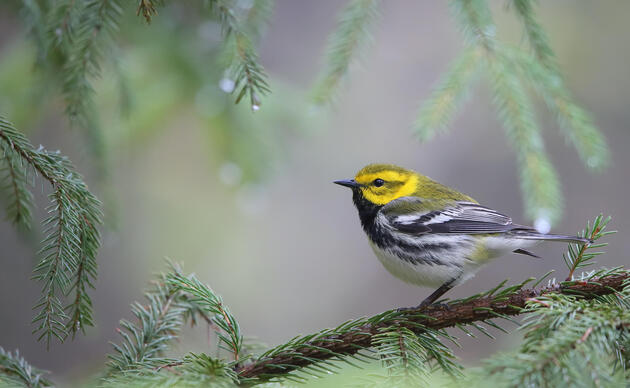This year I have become OBSESSED with the Common Redpoll. Someone told me that the Common Redpoll reminds them of a Pokémon and I couldn't agree more. Maybe some sort of cross between Pidgeot and Rufflet? I think we need to create a new one. Please let me know if you possess the skills to create a redpoll Pokémon.
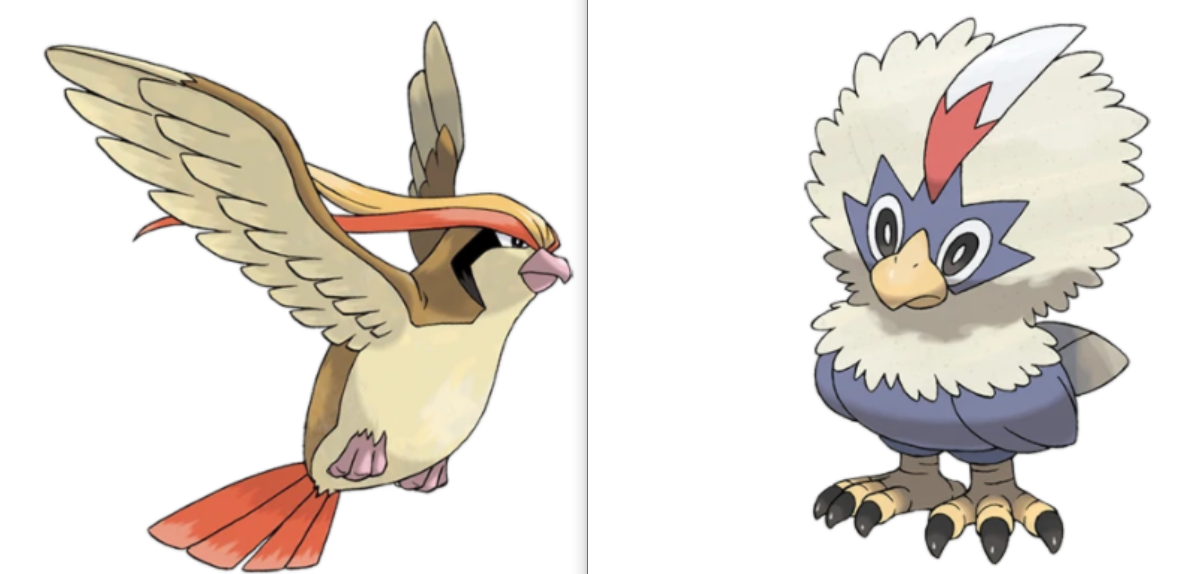
This winter has been an awesome irruptive "winter finch" year including Common Redpolls, Pine Siskins, crossbills, Evening Grosbeaks, Pine Grosbeak and others. The redpoll is a small, but hardy finch that breeds in the arctic and occasionally travels south to the northern US and Canada for the winter. Winter finch movement is driven by food supply, so when we see great numbers of them during a Vermont winter we know that the arctic must not have enough seeds or buds to support them.
Don't underestimate redpolls for their size or cuteness! They have some SERIOUS adaptations to survive temperatures as low as –65 degrees Fahrenheit.
Tunneling into the snow. Many small mammals winter beneath the snow (the subnivean zone) to hide from predators and use the snow's insulating properties for warmth. However, there are only a few birds that venture beneath the snow and the redpoll is one of them. They break through the snow with their heads/beaks and burrow horizontally for up to a foot and a half. When the sun rises they pop up out of the roosting cave, leaving untouched snow with redpoll-sized holes. This adaptation not reliable when used outside the arctic because our snow thaws and freezes, which could leave them in an ice tomb to freeze if it was too difficult to break free.
Super fluffy. The smaller an animal’s body, the greater its surface area-to-volume ratio, thus the more quickly it loses heat. In order to trap heat, birds' plumage changes drastically from summer to winter. The Common Redpoll puts on about 31 percent more plumage by weight in November than they did in July. Having more feathers increases their surface areas-to-volume ratio, especially when birds fluff their feathers.
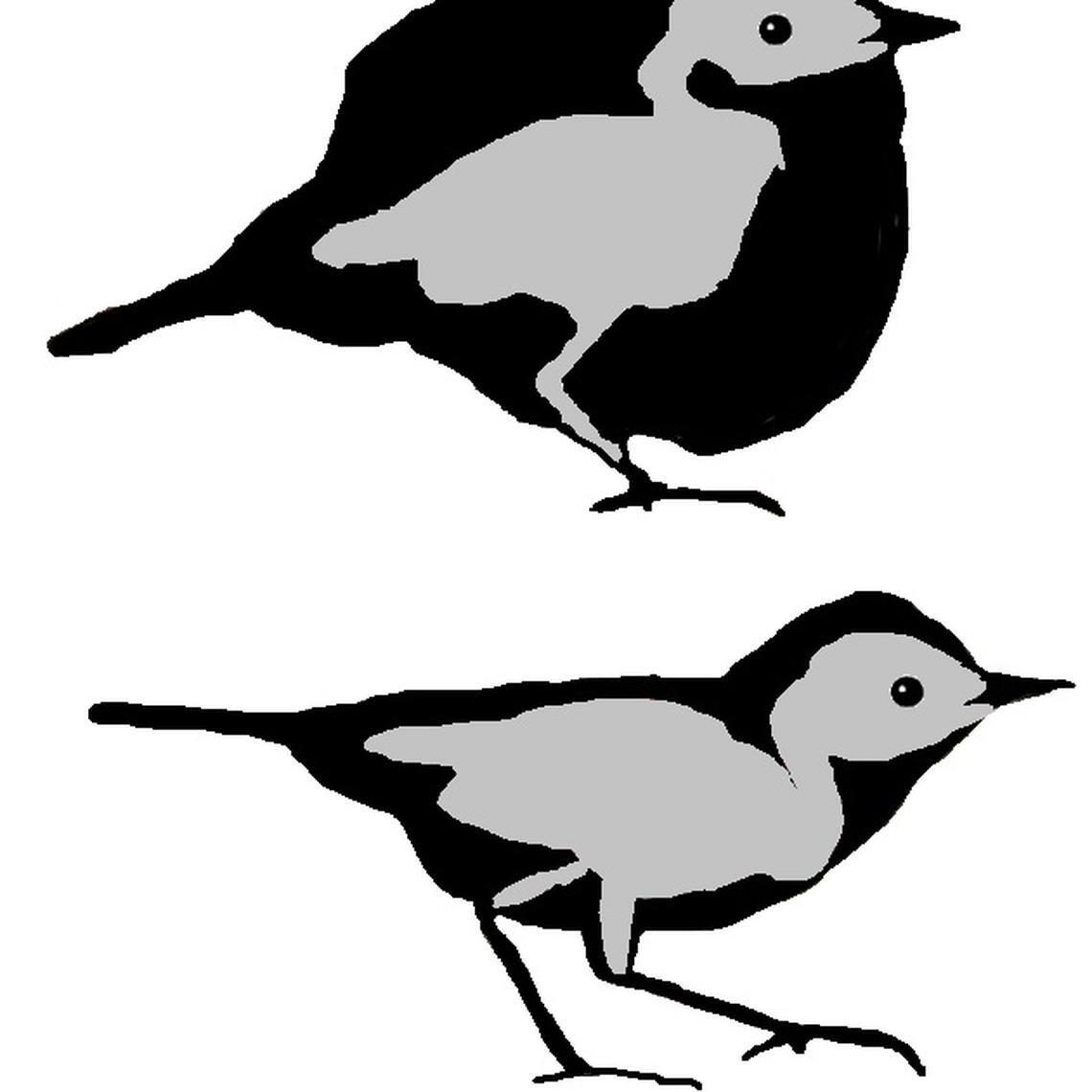
An extra pocket. They have throat pouches for temporarily storing seeds, which allows them to grab as many seeds as they can and then fly away to somewhere warmer or more sheltered to eat.
Identification
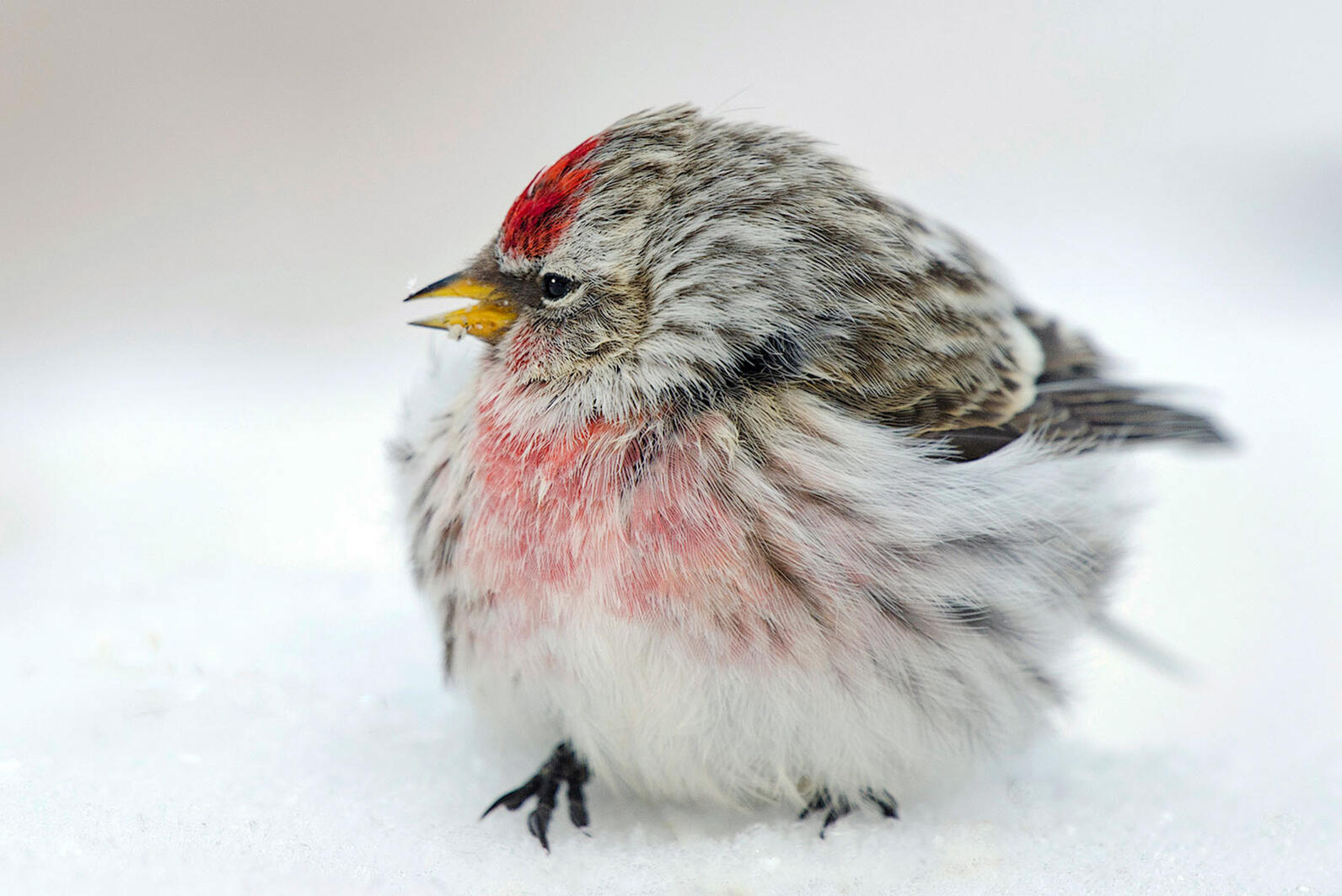
ID Information: Look for their red namesake crest, on females the red will appear duller. Plumage is white and brown and very streaky. Males have a pink-washed chest.
Habitat: Winters in various kinds of semi-open country, including woodland edges and brushy or weedy field (Audubon Field Guide).
Diet: Seeds and buds. They eat 42% of their bodyweight every day in order to stay warm and have energy to look for food in subzero temperatures.
Behavior: Energetic, acrobatic birds often buzzing from one spot to the next gathering seeds. In winter, they travel in flocks that can be made of several hundred individuals.
Backyard Tip: Common Redpolls prefer thistle or nyjer seed.
Call:
Happy birding!
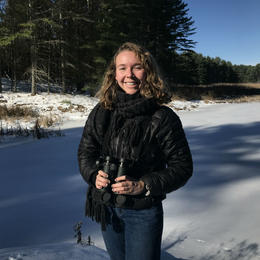
By Sarah Hooghuis
Take Action
Sign up for updates about Audubon Vermont's conservation work, get news about our activities and local events, and find out how you can take action to help birds.

